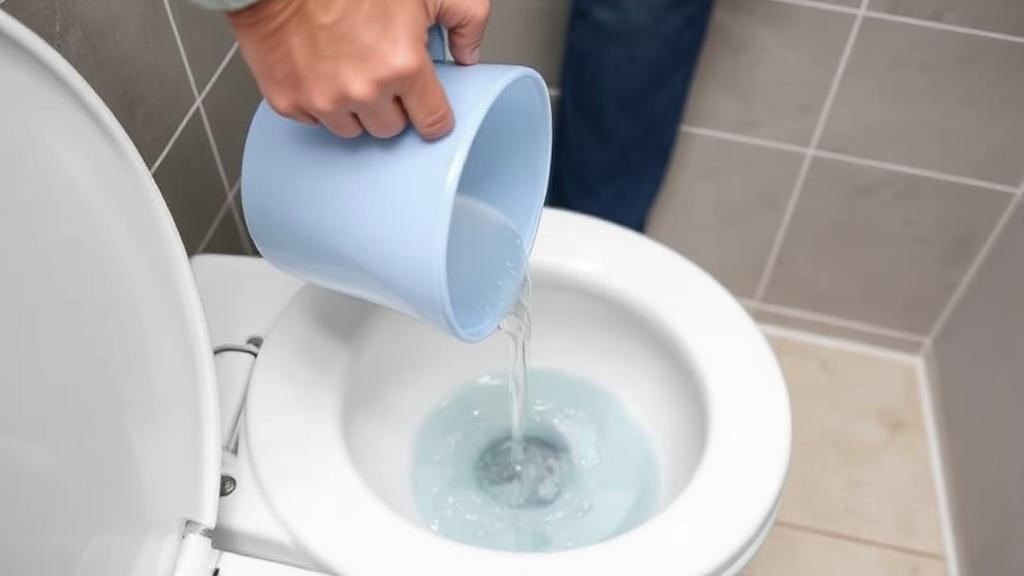Understanding How a Toilet Works
Before attempting alternative flushing methods, it's important to understand that toilets operate using gravity and water pressure. A standard toilet consists of two main parts: the tank and the bowl. The tank holds water that, when released, flows into the bowl to flush waste down the drain. One flush typically requires 1.6 to 3.5 gallons of water, depending on your toilet model.
Materials You'll Need
To manually flush a toilet, you'll need:
- A bucket or large container
- Water (from any available source)
- Small scoop or cup (optional)
- Waterproof gloves (recommended)
Step-by-Step Guide to Manually Flushing a Toilet
Step 1: Gather Water
Find an alternative water source such as:
- Stored water in jugs or bottles
- Rainwater
- Swimming pool or hot tub
- Bath or shower water (grey water)
- Melted snow or ice
- Water from dehumidifiers
- Nearby water bodies (in extreme cases)
Safety Tip: Never use water that's too hot, as it could crack the porcelain.
Step 2: Fill a Bucket
Fill a bucket or large container with approximately one gallon of water. The amount needed can vary depending on the toilet model, but one gallon is typically sufficient.
Step 3: Pour Water into the Bowl
Stand over the toilet bowl and pour the water directly into it. Pour quickly and steadily to create enough force to mimic a normal flush. Aim for the center of the bowl for maximum flushing power.
Step 4: Repeat if Necessary
If the first attempt doesn't completely clear the bowl, repeat the process. It may take a couple of tries to achieve a full flush, especially if the water pressure is low.
Tips for Effective Manual Flushing
- Use a large container: A larger container allows for a more forceful pour
- Pour from a height: Pouring from higher increases water velocity
- Conserve water: Use only what is necessary
- Follow the saying: "If it's yellow, let it mellow. If it's brown, flush it down."
Preventive Measures and Maintenance
Monthly Checklist:
Emergency Preparation
- Keep several gallons of water stored specifically for toilet flushing
- Install a water storage system for emergencies
- Consider a dual-flush toilet conversion for better water efficiency
When to Avoid Flushing
Do not attempt to flush if:
- There's a sewage backup
- You suspect damaged pipes
- The toilet is already clogged
When to Call a Professional
Contact a licensed plumber if you experience:
- Persistent flushing problems
- Unusual sounds or odors
- Visible damage to plumbing fixtures
- Sewage backup
For more information about emergency preparedness, visit FEMA or The Family Handyman.
Remember that these are temporary solutions, and normal water service should be restored as soon as possible for proper sanitation and hygiene maintenance.
